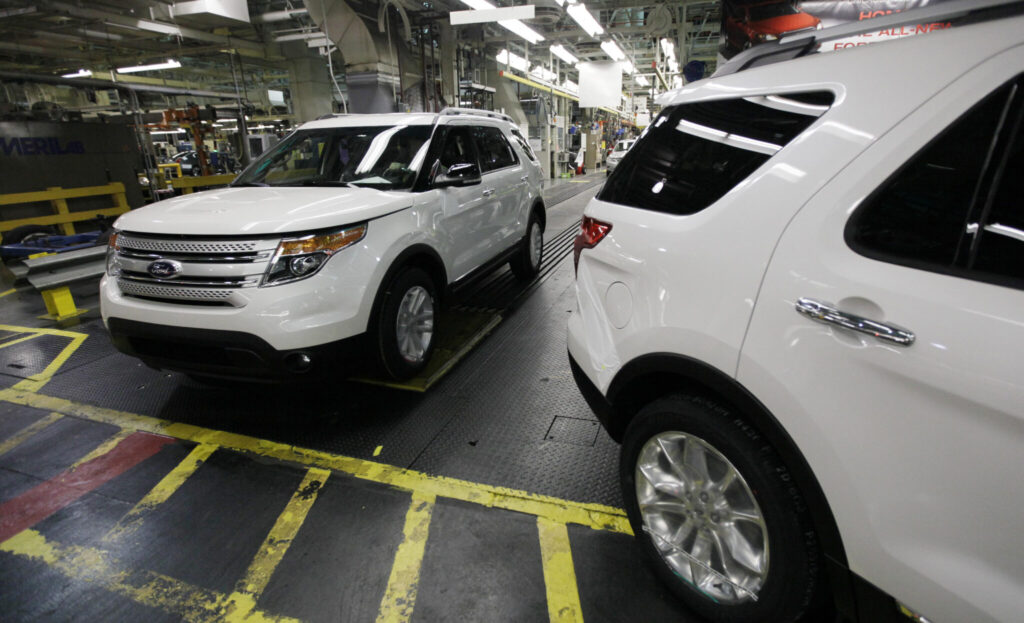U.S. auto safety regulators on Monday closed a six-year-old investigation into 1.47 million Ford Explorer SUVs over reports of exhaust odors in vehicle compartments and exposure to carbon monoxide without seeking a recall. The National Highway Traffic Safety Administration (NHTSA) said it had conducted an in-depth investigation first opened in July 2016 that included review of over 6,500 consumer complaints over 2011-2017 model year vehicles, including police versions of the SUV, and found no evidence of a safety issue. The Associated Press has the story:
US ends probe into Ford SUV exhaust odors issues
Newslooks- DETROIT (AP)
The U.S. government’s road safety agency has closed a more than six-year investigation into exhaust odors in Ford Explorer passenger cabins, determining that the SUVs don’t have high levels of carbon monoxide and don’t need to be recalled.
The National Highway Traffic Safety Administration says it reviewed more than 6,500 consumer complaints, tested SUVs in the field and called in automotive, medical, environmental health and occupational safety experts before making the determination.
The probe covered nearly 1.5 million Explorers from the 2011 to 2017 model years and involved complaints of sickness and crashes that involved three deaths and alleged there were 657 injuries. Many complaints came from police departments that used Explorer Police Interceptors as patrol vehicles.
But the agency said in documents released Monday that it used rigorous test methods to send exhaust gas into vehicles. No Explorers with bodies that were sealed under a 2017 Ford field service campaign had carbon monoxide levels that were higher than Environmental Protection Agency limits.
The agency determined that sealing issues due to installation of sirens, lights, cages and other items were responsible for the highest measured carbon monoxide levels in vehicles it tested. The highest carbon monoxide levels in consumer vehicles were usually traced to sealing issues caused by repairs after rear crash damage, NHTSA said.
Even without Ford’s sealing repairs, no vehicles without crash damage or equipment installed had carbon monoxide levels that exceeded acceptable levels, the agency wrote. “There fore the agency has not identified a defect that represents an unreasonable risk to motor vehicle safety,” the agency wrote.







